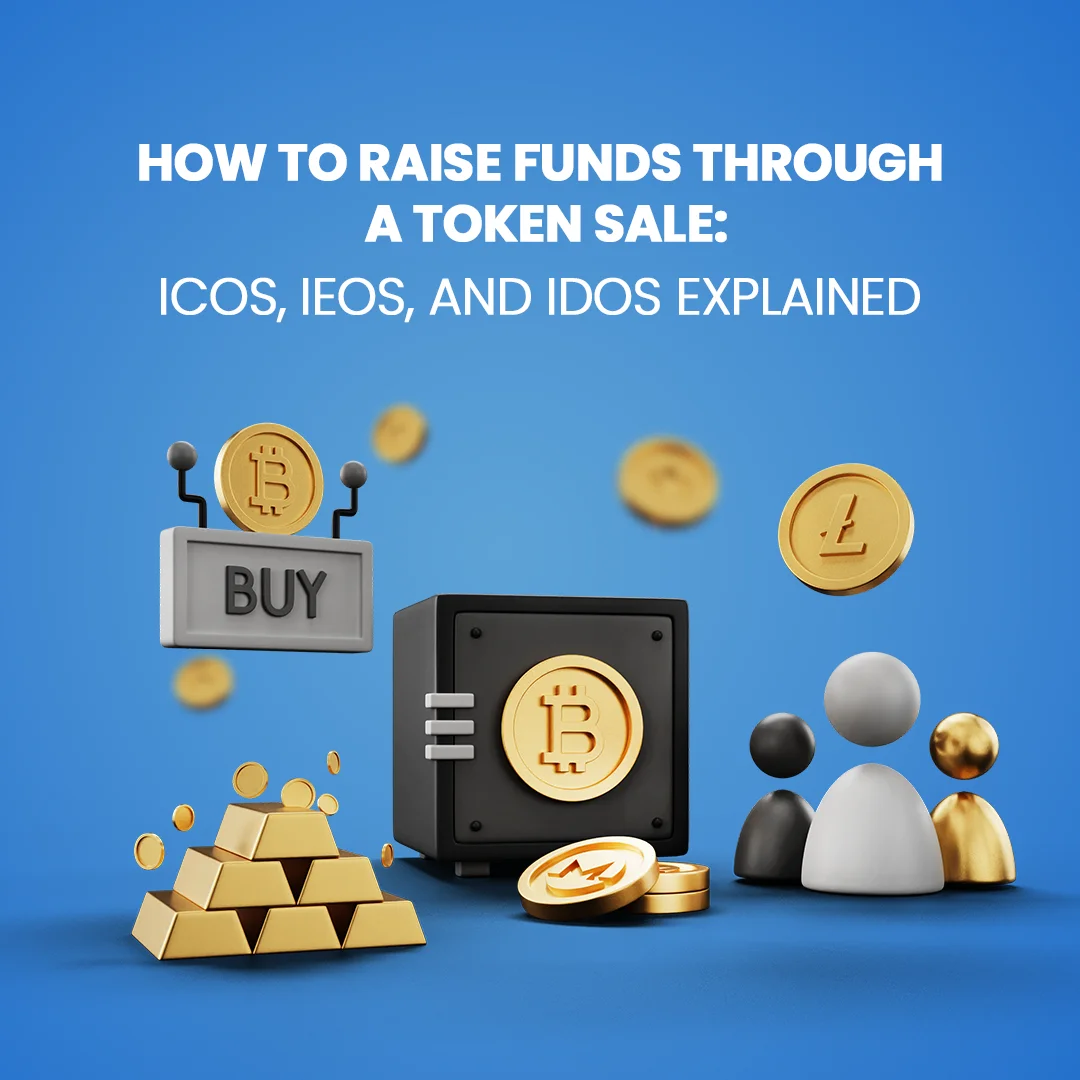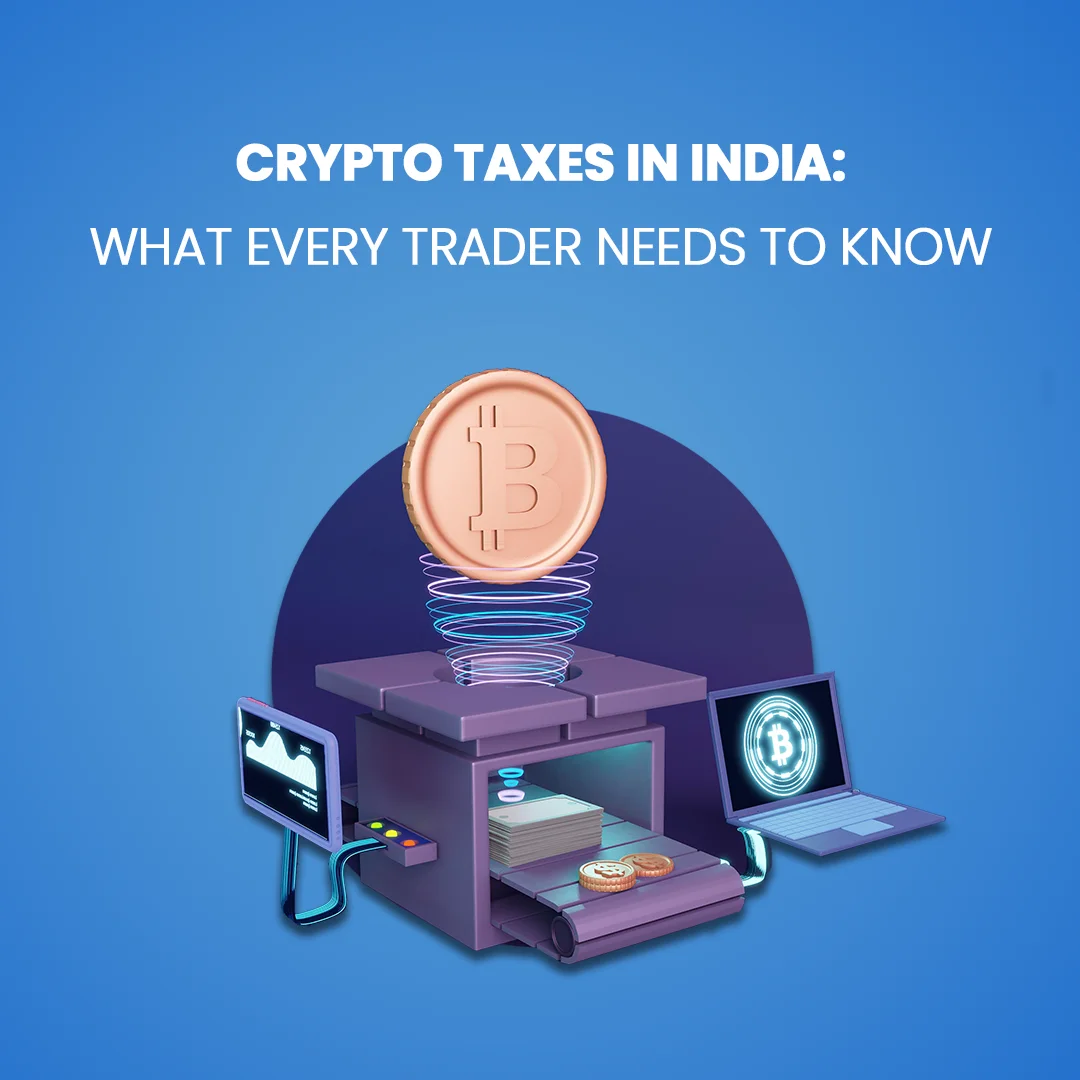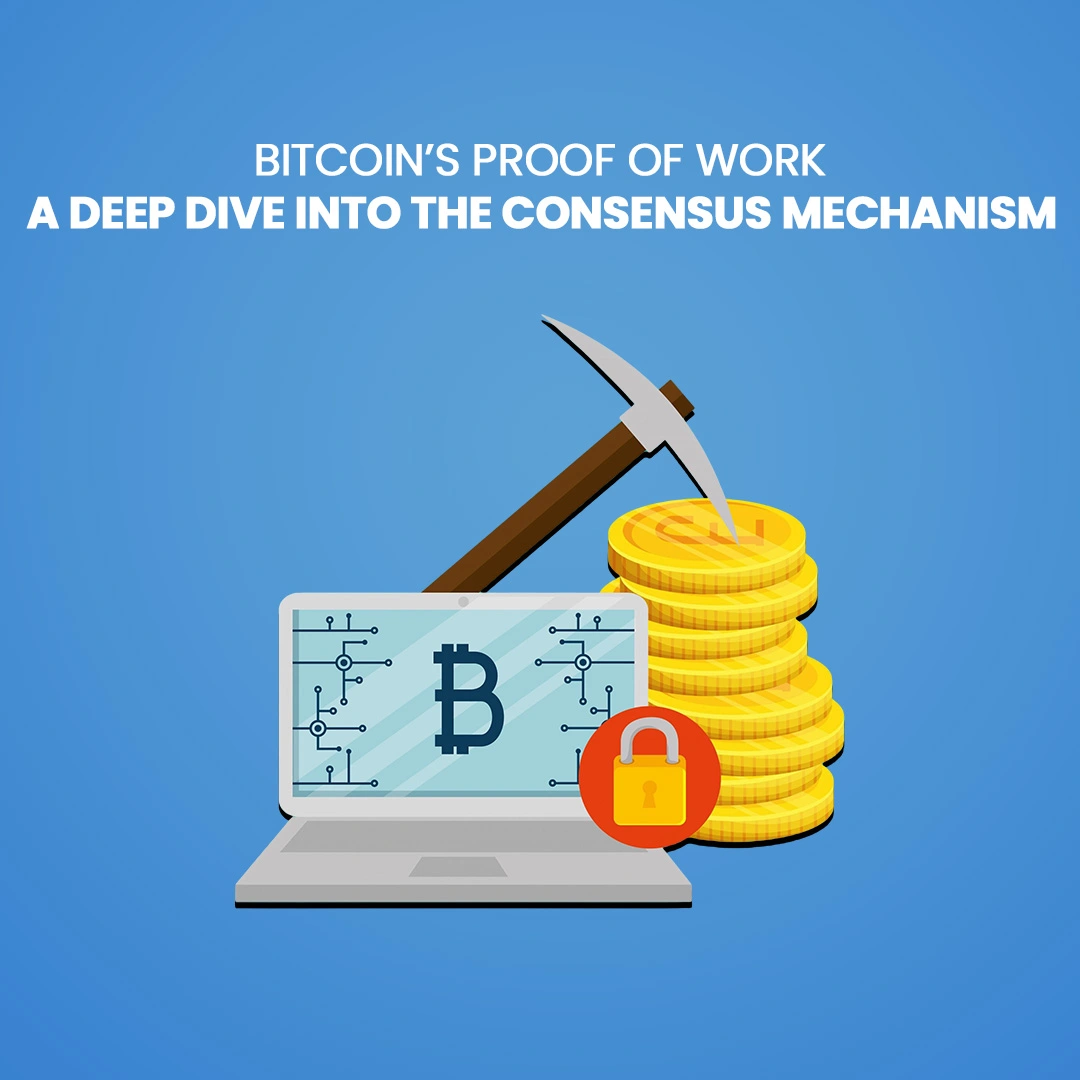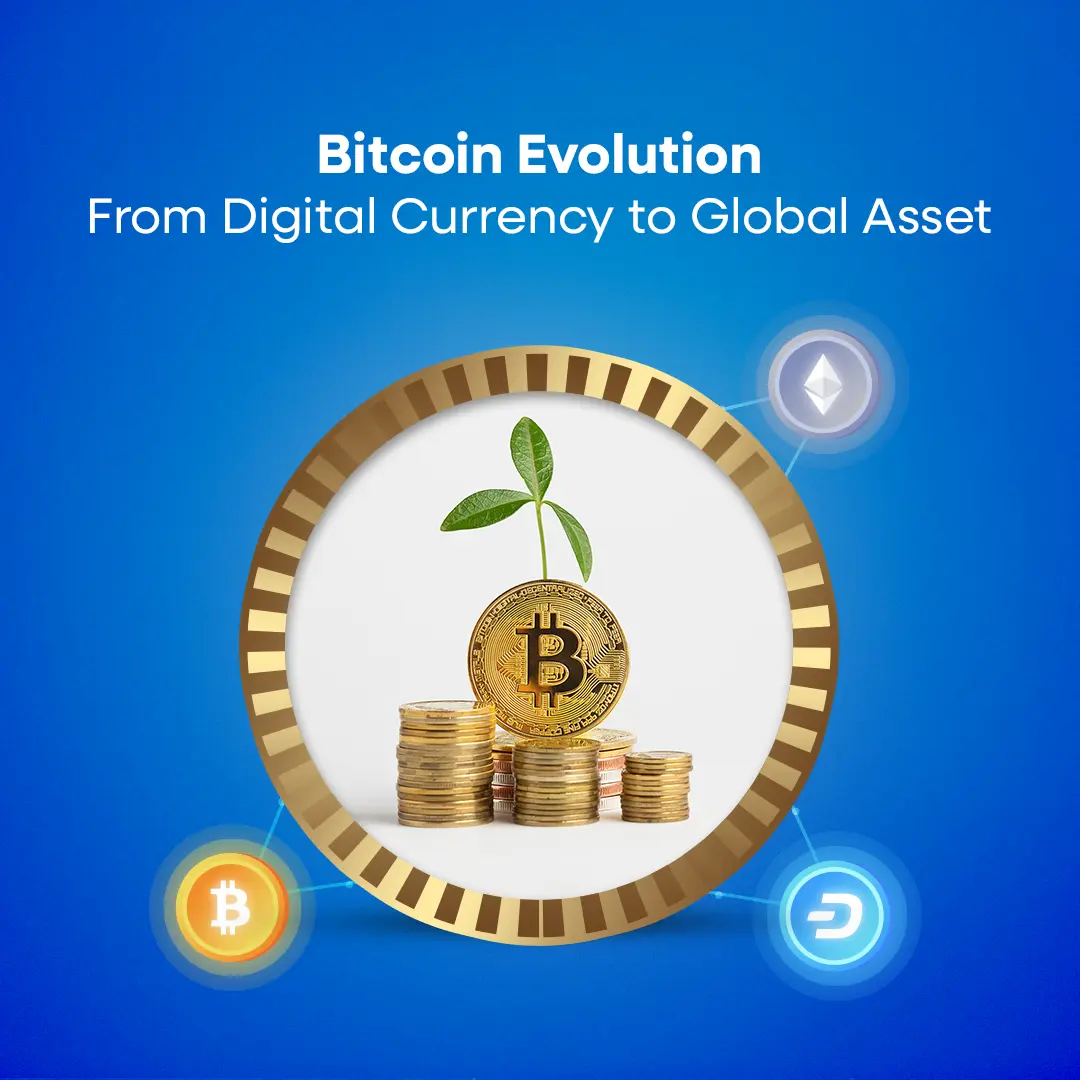

Comparison of Layer 1 vs. Layer 2 Blockchains
If you have exposed yourself to cryptocurrencies or blockchain technology, you have undoubtedly heard of terms like Layer 1 and Layer 2 protocols.
Understanding these tiers is crucial to understanding how blockchain technology functions and the factors that contribute to its immense revolutionary potential.
If you have ever questioned what Layer 1 vs. Layer 2 blockchains are precisely and why they exist, here is a brief explanation of the technologies used by the layers and how they help.
Cryptography
Data encryption and decryption is the field of study that makes sure networked data is safe from tampering and manipulation.
Game theory
The strategic interactions between logical decision-makers are studied by game theory. When used with blockchain, it encourages truthful behavior from network users.
Game theory
Distributed ledger technology (DLT) allows data to be shared among users who have all agreed to follow a predetermined protocol without the need for middlemen.
By using these technologies, persons who may not have known one another or had any reason to be trustworthy in the past are able to build confidence. This is made possible by blockchain, which offers a decentralized framework that makes data and value exchange secure.
But as more people utilize blockchain technology, networks have to cope with increasing data and transaction volumes, which creates a scalability issue that results in slower transaction rates and higher prices.
Blockchain design has developed into a multi-layered system to overcome this problem, enabling it to support millions of users and transactions while upholding strict security standards.
Comparing layer 1 vs layer 2 blockchains, while Layer 2 solutions are developed on top of Layer 1 blockchains to improve scalability and lower costs, Layer 1 blockchains concentrate on security and decentralization at the fundamental level.
Let us pitch into what exactly is layer 1 and Layer 2 in the orb of blockchain and how they work together for best results
What Is a Layer 1 Blockchain?
The term “layer 1 blockchain” describes the fundamental design of a blockchain network, which serves as the framework for the ecosystem as a whole. Fundamental elements of the network, including decentralization, security, and consensus procedures that guarantee network integrity, are handled by this layer.
Among the most widely recognized examples of Layer 1 blockchains are:
- Bitcoin (BTC)
- Ethereum (ETH)
- Solana (SOL)
- Polkadot (DOT)
- Avalanche (AVAX)
Hallmark of Layer 1 Blockchains
1. Consensus and Security:
Layer 1 blockchains are built with robust security measures. Proof of Work (PoW) and Proof of Stake (PoS) are two examples of consensus techniques they employ to verify transactions, safeguard the network, and preserve decentralized governance. Miners in a proof-of-work (PoW) system like Bitcoin must solve difficult mathematical problems in order to add transactions to the blockchain, although validators can participate based on how much bitcoin they own.
2. Native Currency and Tokens:
Layer 1 blockchains frequently include native currency. For instance, Bitcoin is a native token, whereas Ethereum has ETH. These native currencies are used for transactions, governance, and as rewards for miners or validators.
3. Smart Contracts:
Layer 1 blockchains, such as Ethereum, offer self-executing contracts with the contents of the agreement clearly written into lines of code. These smart contracts allow decentralized programs (dApps) to run on the blockchain without the need for middlemen, opening the door to a vast ecosystem of NFTs, Decentralized Finance (DeFi), and other services. Smart contracts are considered the future of blockchain.
4. Scalability Restrictions:
One of the primary problems with Layer 1 blockchains is scalability. The periodic spikes in gas fees on Ethereum show how when more users and apps join the network, processing times and transaction costs increase. Because every transaction must be verified by every node in the network, a bottleneck results in a limited number of transactions per second (TPS).
What Is a Layer 2 Blockchain?
Layer 2 solutions are constructed on top of Layer 1 blockchains so as to solve the scalability challenge without sacrificing the fundamental security and decentralized principles of the base layer, Layer 2 systems free up extra labor for the main chain by handling some of the transaction processing off-chain or in a secondary layer. This allows for higher throughput and decreased transaction costs.
Blockchain networks must be scaled to enable widespread use, which requires Layer 2 solutions. State channels, sidechains, rollups, and plasma chains are some of these solutions.
Key Characteristics of Layer 2 Blockchains:
1. Processing Transactions
Large amounts of off-chain transactions are handled by Layer 2 solutions, which greatly reduces congestion on the primary Layer 1 blockchain.
Layer 2 networks execute many transactions more quickly by batching or aggregating them, and then sending a summary or evidence to Layer 1 for ultimate settlement.
By offloading, the large transaction load is processed off-chain, freeing up Layer 1 to concentrate on its core duties of security, decentralization, and consensus maintenance.
Because there are fewer transactions directly competing for block space on the main chain, consumers benefit from faster transaction speeds and lower fees.
Furthermore, by enabling near-instantaneous transaction finality—particularly helpful for use cases like microtransactions, gaming, or real-time applications—Layer 2 solutions enhance the user experience.
Additionally, they allow for increased throughput—some solutions can process thousands of transactions per second (TPS)—which makes blockchain technology suitable for widespread use.
We anticipate even more advanced optimization methods as these systems develop, which will lead to additional efficiency benefits and create new opportunities for enterprise and decentralized application (dApp) adoption.
2. Interoperability
Interoperability is a key design principle of Layer 2 systems, which guarantees smooth communication with the Layer 1 blockchains they are based on.
The effective transfer of assets and data between the two layers is made possible by this integration, which preserves decentralization and security. Here’s Interoperability in-depth!
For example, on Ethereum, zk-Rollups batch throughput-intensive transactions off-chain, compressing the data and returning it to the main Ethereum chain for last-minute verification.
By doing this, Ethereum is able to greatly increase its throughput while retaining security.
Similar to this, Bitcoin’s Lightning Network uses off-chain payment channels to enable quicker and less expensive microtransactions, but it still relies upon the main Bitcoin blockchain to settle balances and verify transaction integrity.
Because interoperability enables better scalability and transaction speed while preserving the security and decentralization advantages of the Layer 1 chain, it is essential for Layer 2 solutions.
In addition to promoting cross-chain functioning, this interconnection opens the door for a more cohesive blockchain ecosystem.
We anticipate even more innovation in Layer 2 solutions’ interactions with different Layer 1 blockchains as multi-chain environments gain popularity, which will increase the potential use cases in sectors like supply chain management, gaming, and finance.
The future adoption and usability of blockchain technology will largely depend on Layer 2 solutions’ capacity to communicate with their Layer 1 counterparts in an easy and smooth manner.
3. Examples of known layer 2 solutions
Through the creation of off-chain payment channels, Lightning Network enables speedy, inexpensive Bitcoin microtransactions between users. This greatly increases the number of people using Bitcoin as a payment method.
A type of Layer 2 solution known as Optimistic Rollups (Ethereum) reduces gas expenses and increases throughput by batching many transactions and sending them to Ethereum in a single transaction.
Zero-Knowledge Rollups, also known as “zk-Rollups” in Ethereum, significantly reduce the quantity of data on the chain and improve scalability without compromising security by combining thousands of transactions into a single proof.
4. Growth Capability and Economic Viability
Blockchain systems can grow with the help of Layer 2 solutions, which execute high transaction volumes at a fraction of the price of Layer 1 transactions. They enable faster and less expensive user interaction with decentralized applications by accomplishing this.
Layer 1 vs. Layer 2: A Deep Dive into the Differences
If not, gear up because you will simply love them.
Check out these telegram blockchain games. Pick the one that your fun-side resonates with-
Features
Layer 1 Blockchain
Layer 2 Blockchain
Definition
The foremost and foundational blockchain protocol (e.g., Bitcoin, Ethereum)
A subordinary protocol built over Layer 1 to enhance performance
Role and capacity
Takes ownership of decentralization, security and certanity, and authority
Focuses on betterment, cost-efficiency, and swiftness of transaction
Consensus structure
Uses PoW, PoS, or other consensus mechanisms
Relies on Layer 1’s consensus mechanism
Speed of Transaction
Slower since all nodes are processing transactions (e.g., 7 TPS for Bitcoin, ~30 TPS for Ethereum)
Faster since it offloads transaction processing (e.g., thousands of TPS for Layer 2)
Security
High due to decentralization and robust consensus algorithms
Relies on Layer 1 for final settlement and security
Cost of Transactions
Higher during network congestion (e.g., high gas fees on Ethereum)
Considerably lower fees due to off-chain processing
Examples
Bitcoin, Solana, Avalanche and Ethereum
Lightning Network, Optimistic Rollups, zk-Rollups
Applications & approaches
Core layer for cryptocurrencies, DeFi, and dApps
Enhances the usability of Layer 1 networks by improving performance
Why Do We Need Layer 2 Blockchains?
1. It’s a breeze to start playing a telegram game. You need to follow simple steps to get there and start earning your cryptos!
2. The first step is to look for gaming groups or channels on Telegram by searching for terms like ‘tap-to-earn bots’ or ‘crypto tap games.’
3. Following that, become a member of the group or channel. Join a Telegram channel that is running a cryptocurrency-earning game that sparks your interest. Let’s take an example where you discover a group named “Tap Crypto Games.” After that, press the “Subscribe” button to join the community and get game-related information.
4. Some games are operated directly from Telegram bots. You could be asked to click a link or type a command to communicate with a bot after joining.
5. To get started, the bot will walk you through the process.
6. You must always look for recently posted content or “pinned” messages from the bot that provide guidance on how to play your selected game.
7. You would have some tasks to finish once logged in. You would also find buttons to click and prompts to tap.
8. For every action, it’s a possibility that you earn points or cryptocurrency.
9. It’s similar to earning points in a game, except when you get past a particular point total, you may earn that much more value.
10. Points are tracked and the player can independently confirm them on the blockchain.
11. If you want to check your point balance directly in the Telegram bot chat you may do it just like you do on a dashboard.
12. A notification like “Today, you have earned 0.07 cryptocurrency tokens!” can help you monitor your advancement.
13. Some games, depending on their features, may even allow you to compete with your peers. This makes winning and exchanging more interesting and enjoyable within the game.
Why Do We Need Layer 2 Blockchains?
The primary driver behind the need for Layer 2 solutions is the scalability trilemma that has plagued blockchain networks for a considerable amount of time. The concept of the trilemma states that blockchain networks must decide which trade-offs to make between decentralization, security, and scalability. Vitalik Buterin, a co-founder of Ethereum, originally proposed it. It is exceedingly difficult to secure all three at the same moment.
Blockchains based on Layer 1 principles, like Ethereum and Bitcoin, prioritize security and decentralization, which naturally limits scalability. These networks see an increase in fees along with decreased transaction speeds as more users join. For instance:
- Only roughly seven transactions are processed by Bitcoin every second (TPS).
- At the moment, Ethereum processes between 15 and 30 TPS.
These numbers diminish in contrast to well-known payment networks like Visa, which can process up to 24,000 TPS. With the application of blockchain technology, Layer 2 is emerging in response to the growing need for faster, less expensive, and more scalable solutions.
Layer 2 solutions bypass the trilemma by isolating transaction verification and processing from the main chain while maintaining security by linking final settlement data to the Layer 1 blockchain. This means that Layer 1 can stay secure and decentralized while Layer 2 handles the majority of the transaction flow.
How Layer 2 Solutions Work
Layer 2 solutions can assume many different shapes. Below we have 5 most common ones and how they works:-
State Channels
A State channel is a bi-directional communication mechanism between parties, which enables them to have several off-chain transactions. The only entry on the Layer 1 blockchain, is of what happened after this final transaction. This diminishes the count of transactions that fall under the need for on-chain processing which comes as a relief to scalability.
Example: Bitcoin’s Lightning Network is a way of using state channels to enable fast, microtransactions off-chain which improves the usability of bitcoin in everyday transactions.
Rollups
Rollups roll up or bundle together transactions off-chain before ultimately submitting those bundled transactions to the main chain in larger, batches. Roll up are two types :
Optimistic Rollups: all transactions are assumed to be valid and only get checked if there’s a dispute.
zk-Rollups (Zero-Knowledge Rollups): Uses cryptographic proofs to verify the integrity of transactions without leaking too much transaction detail.
Plasma Chains
Plasma is a way to create child chains that operate in parallel with the Ethereum main chain. Transactions within the chain are processed by each child chain separately and proofs of those transactions are periodically submitted to the Ethereum mainnet.
Withdrawing to a sidechain
A bridge between the Layer 1 blockchain and an independent, connected sidechain tuned in with one of another according to or due to the other. Unlike other Layer 2 solutions, sidechains have their own consensus mechanisms and security.
Example: Polygon (formerly Matic) serves as a sidechain for Ethereum and offloads some transaction volume from the mainnet to allow scalability.
To conclude, both of these layers we discussed in this article will probably find utility in a plethora of industries in the future, from digital identity verification and healthcare to supply chain management and banking. The convergence of Layer 1 and Layer 2 technologies is going to be essential for promoting widespread adoption of blockchain technology as the need for quicker, more cost-effective solutions increases.
The world still greatly depends on both levels’ operation. Both layers are critical to the ecosystem’s present and future success, whether they are used to secure billions of dollars’ worth of bitcoin transactions on Layer 1 networks or to enable real-time payments and low-cost transactions through Layer 2 scaling solutions. By working together, they are expanding the potential of blockchain technology and forming a more decentralized, safe, and effective digital world.
FAQs
The core network of a blockchain ecosystem, a Layer 1 blockchain, handles transaction processing, decentralization, and security.
Layer 2 blockchain is an add-on solution designed to increase scalability, speed up transactions, and cut expenses. It is on top of the Layer 1 blockchain.
Layer 2 solutions manage more transactions off-chain, lowering fees and congestion, in order to solve the scalability problems of Layer 1 blockchains.
By occasionally settling transactions back onto the main chain, Layer 2 solutions inherit the security features of the Layer 1 blockchain.
The Lightning Network for Bitcoin and zk-Rollups for Ethereum are two examples of Layer 2.







